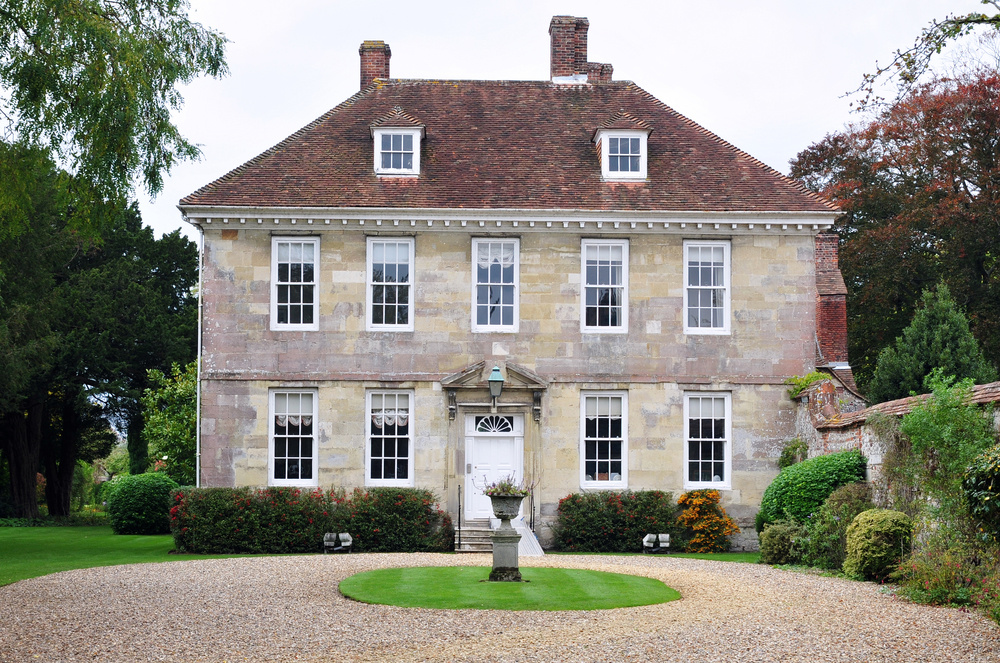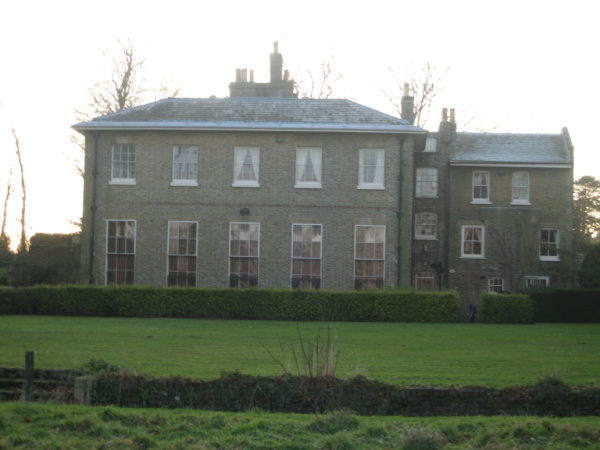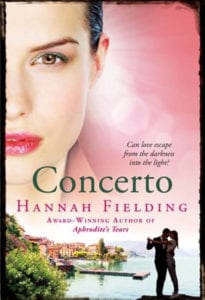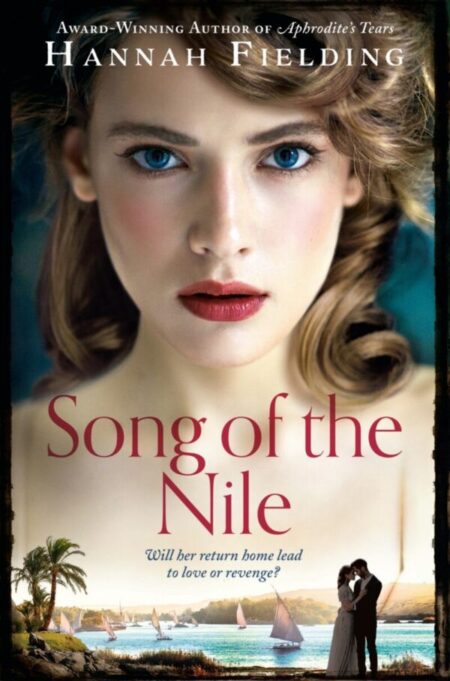For the love of period properties
For the love of period properties
For the love of period properties
-
Hannah
-
Hannah

‘Period romance: why do the British love old properties?’ asked an article in the Financial Times recently. Well, I am not British by birth, but I certainly identify with ‘period romance’. I love old properties.
For many years, while my children were growing up, I ran a business renovating rundown old cottages. I very much enjoyed it: finding an old house in need of restoration, seeing its potential, building a vision for what the building could become. The renovation would breathe life into the bricks and mortar and beams and glass, restoring the place to its former glory.
Recently, I have undertaken such a project again, with the renovation of an old house which will become a home for my husband and me. There is a great deal to do, and I have learnt through experience not to expect any of the work to be completed quickly. I love visiting the site and seeing the progress. Most of all, I love visualising the house as it will be. Not only will it be a lovely home but it will have the feel of a period property.

My original home in Kent, which my husband and I renovated; it’s a Grade II listed house dating to the early 1800s.
Do you think that a building can have soul? I do. In a period home, there is a sense of history, of being part of history. The house stood before you lived there, and it will continue to stand, you hope, long after. The architect Frank Gehry said, ‘Architecture should speak of its time and place, but yearn for timelessness’; for me, there is a timelessness to this architecture that has endured.
A period property inspires me to write. The building is filled with stories, some told, many silent, but they exist still in the very fabric of the house. Those stories whisper to me. The romance of the place whispers to me.
Homes are at the heart of my novels, homes with soul – often period homes. I had such fun writing these houses! Let me take you on a little tour…
El Pavón, Andalucía, Spain – from Indiscretion
Once outside, Alexandra stood and looked at the front of the house. It had been too dark to see anything much when she’d arrived the night before, and she was curious to get a view of the hacienda in daylight.
El Pavón was a large, rectangular edifice with three quite distinct storeys, its whitewashed walls splashed here and there with patches of brilliantly coloured purple bougainvillea that crept up to brush the rounded brown tiles of its roof. Its style was neo-classical, the proportions pure: an austere structure.
An imposing seventeenth-century portal, which she later discovered was originally from a convent in Toledo, flanked by double Tuscan columns at the top of three widely fanning steps led into the vaulted hall. Placed at equal distances from the main entrance, at each end of the long façade were two identical narrow doors, richly decorated with carvings and marquetry. They opened on to separate wings, the private apartments of members of the family. Together they enclosed an inner shady courtyard. The ground-floor rooms at the front of the house each had French doors that opened on to an uncovered terrace running the length of the building, punctuated by fragrant miniature orange trees in large terracotta pots. Fronting the house was a wide gravel carriage circle that enclosed a huge round lawn, spread out like an emerald carpet beyond the foot of the main steps. Balconies with wrought-iron consoles and uprights lined the upper two storeys.
Flanking the great house were great expanses of manicured lawns and landscaped gardens curving round to the back of the hacienda. Beyond these, on the west side, stretched protective groves of oleander trees where statues and fountains joined in an interplay of cascading water and iridescent spray. The de Fallas, of which the present generation was the fourth to have lived at the house, had built up a sizeable business in wine production and horse breeding on the estate; and to the east of the hacienda, beyond the lawns, lay the stables and pastureland, neighboured by stretches of flourishing vineyards.
The house and its grounds, set in the wild and arid Andalucían countryside, seemed like a flashing jewel thrown on a sandy beach by a giant hand. With its green lawns, colourful shrubs, myriad flowers and tall trees, the hacienda had all the grandeur and panache of the peacock, el pavón, after which it had been named.
Miraggio, Tuscany, Italy – from The Echoes of Love
Constructed in an unusual pale, golden stone, Miraggio, with its Gothic turret at one end, was an imposing old building that commanded sweeping views of the surrounding countryside. Like a Goliath, solidly rooted on a rocky outcrop jutting into the Tyrrhenian Sea, it was framed on one side by stretches of well-tended vineyards, olive groves, and fragrant orchards, and on the other by a great expanse of glittering deep-blue and turquoise water. The awe-inspiring residence was erected on four floors with a subterranean level built right into the rock. Its great masonry walls were smothered in climbing roses that poked at the elegant, tall windows and rambled over its beautiful, arched wooden front door, softening the building’s austere appearance. A colonnaded veranda encircled three-quarters of the crenulated turret and the remaining open space included a south-facing terrace. The columns were festooned with flowering vines, and huge earthenware pots of climbing geraniums stood between them.
The architect’s vision was clear to Venetia now. The great structure was dramatically positioned, and the itinerary to reach it unfolded in a sequence: it showed a procession, from the first distant view of Miraggio hovering over the ocean as visitors approached the estate, to the moment one penetrated the great walls and drove up a long avenue of lime trees to arrive in the graveled courtyard, where the imposing house provided exquisite views and a sensual awareness of the countryside that surrounded it. Paolo’s home, Venetia thought, had both beauty and grandeur, as well as a veil of melancholy laid on it from times long past. She loved it.
Villa Monteverdi and its lodge, Lake Como, Italy – from Concerto
Then suddenly they were out of the darkness into the sunshine, and there it was: Villa Monteverdi, standing in all its elegant snow-white splendour against a background of tall, dark-green cypresses, a colourful shrubbery and low bright topiary trees adding lighter touches. The whole scene, as it appeared from the end of the avenue of oaks, formed an arena of myriad colours, among which proudly reposed the magnificent Italian Renaissance-style villa, fronted by an immaculate lawn. They approached from the side of the house and drove slowly past the impressive façade towards a small cluster of conifers.
…
Catriona gasped in delight at the beautiful old building that had been obscured by the copse. The main house was impressive but the lodge was a little work of art in itself. It was a two-storey villa, with a rubbed, dark-pink stucco exterior and a sloping tiled roof, its eaves set far out, throwing afternoon shade over a beautiful old iron front door. Narrow arched windows on the first floor each had their own wrought-iron balcony and looked out on to a garden whose colour scheme reflected different shades of terracotta, whether from the bronzed shrubbery or the trumpet-like day lilies and pink old roses. Catriona climbed out of the car and stood for a moment, eyes closed, inhaling the sublime fragrance of the yellow-and-white scented rose that rambled over the outside of the villa. The place was so exquisite, it had the immediate effect of soothing her qualms.
Heliades, the Greek islands – from Aphrodite’s Tears
Within another twenty minutes the Jeep was heading north along the eastern coastline, which offered magnificent views of the sea below and terraces of silver-green olive groves that led like a giant staircase down to the water’s edge. Oriel’s impression was of a fabled land. Yorgos slowed to point out Heliades – the name meant ‘children of the sun’ – and the Lekkas kahstro. The mansion looked like a shimmering white temple in the crystallized light, standing proudly on the crest of the rocky cliffs that towered above the island, surrounded by clusters of cypresses, Judas trees, twisted olives and wild lemon. Oriel drew a sharp breath. A pagan prayer to Zeus. One would have to be a painter to capture the primitive appeal of everything she saw. Appearing to have been built in ancient times, it was a striking edifice; a sort of dazzling, arrogant challenge to all the untamed beauty of the island, she thought.
She turned to Yorgos. ‘How far back does it date?’
‘It was built in the nineteenth century, but over the years parts have been added to the original house.’
Oriel could hardly contain her excitement – how could she resist the chance of working in such fabulously archaic surroundings? The building was a perfect study in neo-classicism and the whole island breathed mystery and historical secrets. She could just imagine the archaeological wonders she would be discovering here.

Karawan House, Luxor, Egypt – from Song of the Nile
Through the mango and guava trees, the bright glow of their fruit startling in that place of shadows and silence, loomed the pink house where she had been born: Karawan House, named after the nightingale. Aida loved the beautiful but sad legend about the bird, which Dada Amina used to tell her when she was a child. In Arab tales, the rose was believed to have originated from a sweat droplet fallen from the prophet Mohamed’s brow. Legend has it that from the time the first rose was created from this droplet all roses were white, until a nightingale fell in love with one of the blooms and pressed its body so hard on the petals that the thorns of its stem pierced the nightingale’s heart, turning the white rose to red with its blood, as well as creating the sad notes of the wounded bird’s song. Aida’s eyes travelled over the exterior of the building. Once so full of life and laughter, it seemed that Karawan House finally lived up to its name. After all these years, and with her father gone, it seemed shrouded in melancholy and drained of its former colour.
The finely carved old mansion that had been solidly built was now in bad repair. It displayed a neoclassical dark pink and cream crumbling stone façade with arches, pediments, columns and elegant, narrow windows masked by faded green wooden shutters. Its central structure was flanked by two lower wings, holding a ballroom and terrace on one side and a jardin d’hiver, the equivalent of an English conservatory, on the other, which was a suntrap even in winter. All the front rooms in the house looked out over the river and the desert, but the view from the back rooms was just as magnificent, taking in the grounds, with palm trees and green fields in the distance. It was not the most imposing house around, but it was grand enough…
This house, as you can see, will require some renovation work! If I were Aida, I would love to take on this project and make Karawan House a warm, beautiful, romantic home once more.
Picture credit: 1000 Words/Shutterstock.



